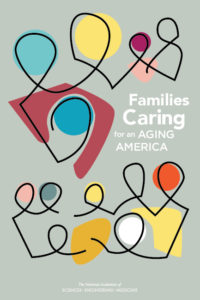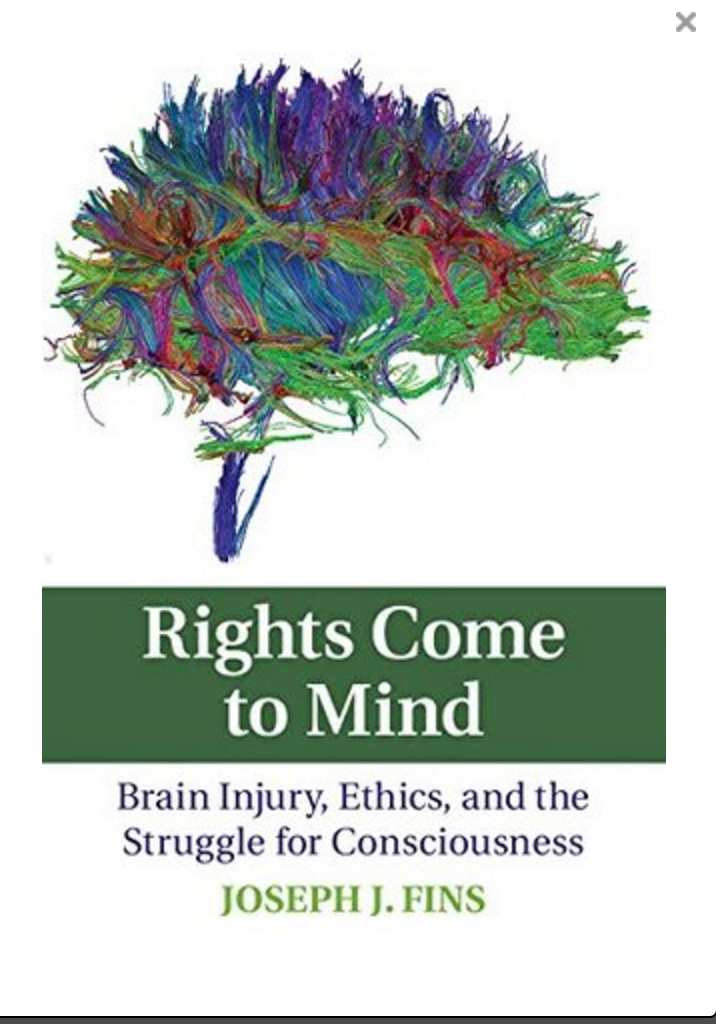Report: better policies needed to help family caregivers
 We need a national strategy to address the needs of family caregivers. That’s the conclusion of last week’s 280 page report, Families Caring for an Aging America, from the National Academies of Sciences, Engineering and Medicine. Findings from a panel of experts call for forward-thinking policies and community efforts to help the estimated 18 million family members who care for an aging parent, or a spouse or child with a serious medical condition.
We need a national strategy to address the needs of family caregivers. That’s the conclusion of last week’s 280 page report, Families Caring for an Aging America, from the National Academies of Sciences, Engineering and Medicine. Findings from a panel of experts call for forward-thinking policies and community efforts to help the estimated 18 million family members who care for an aging parent, or a spouse or child with a serious medical condition.
While each caregiving situation is different, one thing they have in common is that family caregiving affects their physical, emotional, and financial health, said Terry Fulmer, PhD, RN, FAAN, President of the John A. Hartford Foundation, one of the report’s co-sponsors. Fulmer was a co-chair of the committee prior to joining the Foundation. Many caregivers say they are stressed out, overwhelmed, and feel like the entire challenge rests on their shoulders.
There’s increasing urgency in finding solutions to caregiver concerns. People are living longer, but with more chronic conditions. Many hope to age in place and avoid institutional care for as long as possible. According to the report, the need to address caregivers’ concerns is growing more urgent. Demand for caregivers is rising dramatically, especially among those age 80 and older, but the number of available caregivers is shrinking. Smaller families, more never-married or divorced older adults, geographic distance are some of the reasons.
More caregivers, still primarily women, work outside of the home. They find themselves caught between juggling job responsibilities and providing needed care to their loved one at home. Without community supports, more flexible employment options, and financial assistance, family caregiving in the U.S. is quickly reaching crisis levels.
I spoke with Fulmer about these challenges, and possible interventions. And, we discussed what policy changes are needed at all levels to overcome systemic barriers that family caregivers face every day.
Listen here
Podcast: Play in new window | Download
We need a national strategy to address




